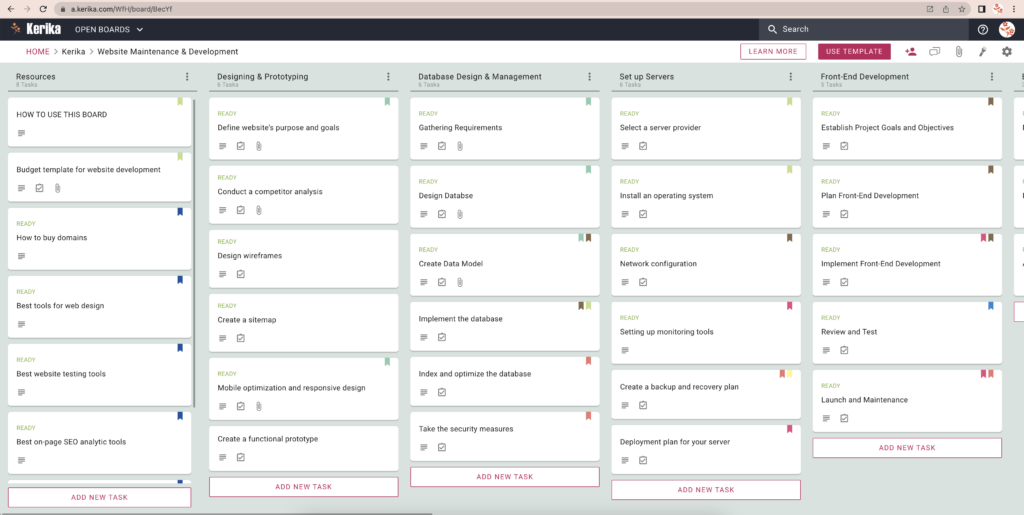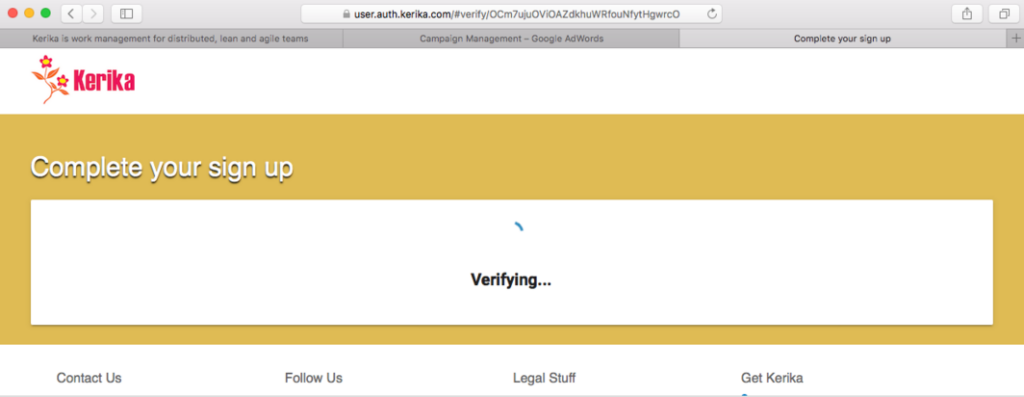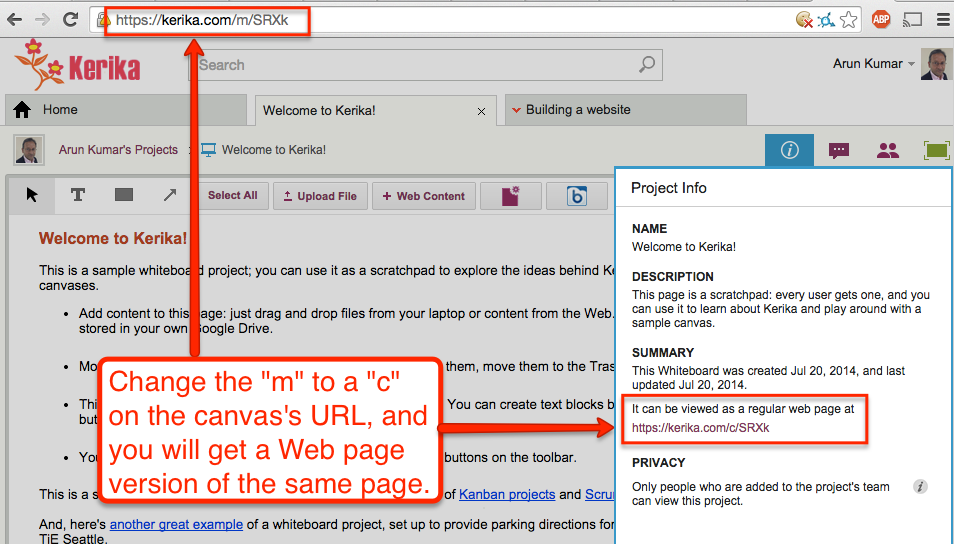(Finally!) we are updating our blog and website to use a “responsive” design, which will make it easier to view on mobile devices.
Note: this doesn’t affect the Kerika application itself, only this blog and the kerika.com website.
This work had been pending a long time, but it kept getting pushed off while we devoted all our time to the Box integration.
Now that Kerika+Box is almost done, we are ready to update the website as well: a nice new format that works well on mobile devices — we used custom Bootstrap code for this — as well as new content that helps users understand that there is now a Kerika+Google product and a Kerika+Box product!
Our website updates tend to be in the same release cycle as our software updates, so we probably do fewer website updates than some other companies.
That’s because we use git for managing all the software assets: not just the code for the Kerika application, but also the website pages.
When we expect to do a lot of website updates, we put all those changes in a separate git branch, but that’s rare, since website updates are generally tied to software updates.
Updating the look-and-feel of this blog was much easier: we just switched from a custom WordPress template that we had built about a while ago — that was nice, but unfortunately not responsive — to the standard Twenty Fourteen template that comes with WordPress.
A few tweaks, and it works!


